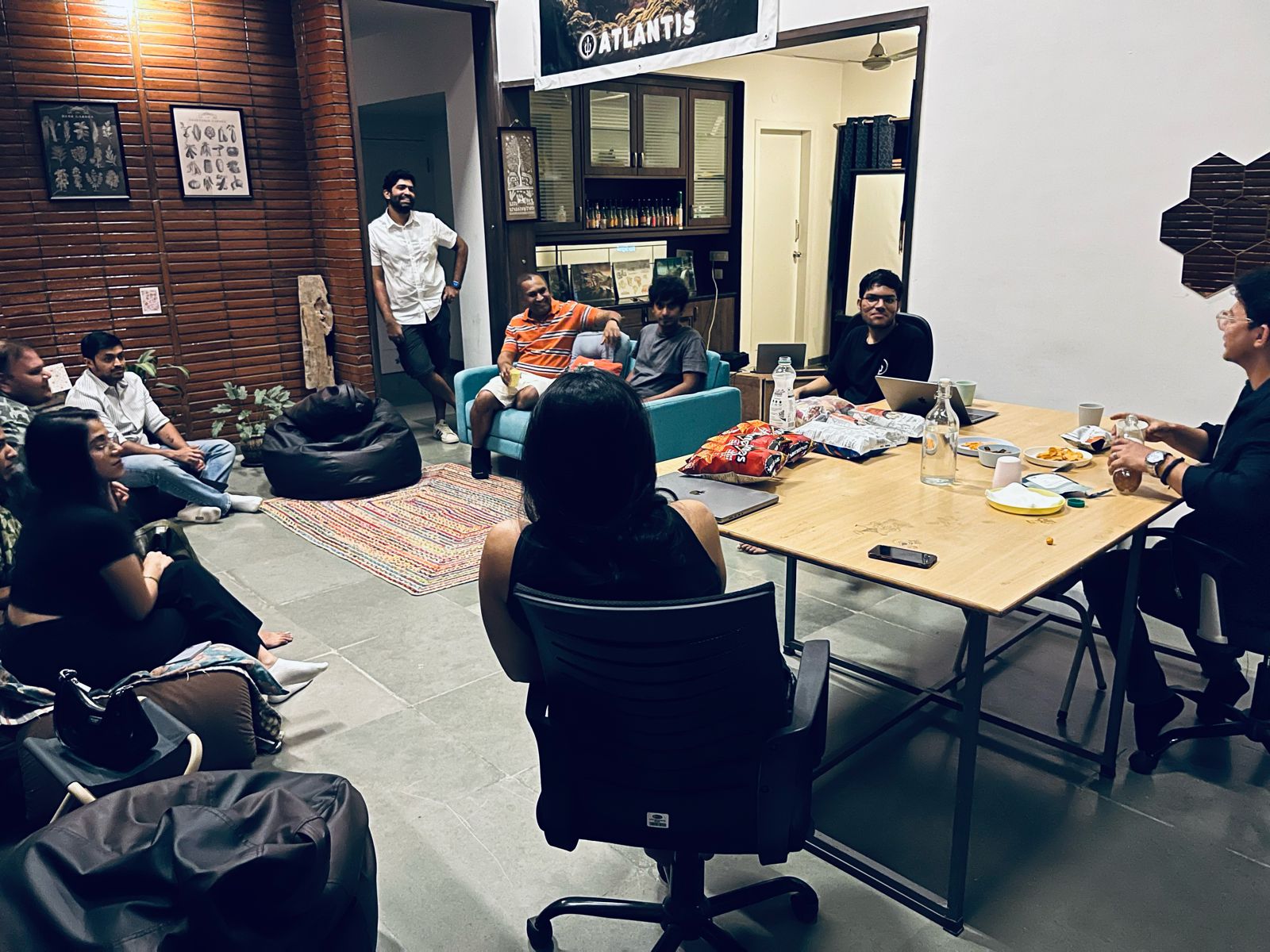

Our inaugural 2024 workshop focused on the role of quadratic voting (QV) in collective decision-making by addressing a fundamental limitation of traditional voting mechanisms: the inability to measure the intensity of voters' preferences. We did some hands-on exercises to see this theory in action by executing a traditional poll and a QV to plan upcoming events for GreenPill India.
Below are the key summaries from the conversation:
Quadratic voting allows participants to express not just a binary choice or a single vote per issue but to indicate how strongly they feel about each decision. This is particularly useful in scenarios where some participants strongly prefer specific issues, providing a more nuanced understanding of the collective will.
The cost associated with allocating more votes to a particular issue (since the cost increases quadratically) encourages voters to think more carefully about allocating their limited credits. This can lead to more thoughtful deliberation and consideration of the issues at stake.
In traditional voting, the majority's preference can often overshadow minority interests, even if the minority feels strongly about certain issues. Quadratic voting can help balance this by allowing minority voices to be amplified if they choose to allocate more of their voting power to certain decisions, potentially leading to more equitable outcomes.
While no system is entirely immune to strategic behavior, the quadratic cost of casting multiple votes for a single option makes it less advantageous for voters to game the system by hoarding votes on a single issue. This can help ensure that the outcomes of the voting process more accurately reflect the true preferences of the group.
By providing a mechanism for voters to express the strength of their preferences, quadratic voting can make the decision-making process more engaging. Voters may feel that their nuanced views are more accurately represented, potentially increasing participation and interest in collective governance.
To see the mechanism in action and to contrast it with regular polling, we ran the following options for future GreenPill India activities with the group. Here are the results from both polls:

The poll on the left was hosted on Slido, whereas the QV was conducted using RxC QV. While the top and bottom of the results appear the same, here are the insights made possible via QV:
Async learning as an event is half as popular compared to the top choice in a traditional poll. However, QV offers additional perspective - it is out-of-preference than the top choice by a factor of 6.
While fewer voters ranked "Ideathons" in the traditional poll (placed at #4 out of 6), QV is able to showcase the strong underlying preference from those voters to host this event.
While the top two choices in the traditional poll reflect a close race, QV is able to capture the relative preference establishing that agendaless workshops are actually only half as much preferred than the topmost choice.

We also delved into the significant challenge posed by Sybil attacks in the voting process, where a single entity creates numerous fake identities (Sybils) to sway the voting outcome unfairly. This manipulation undermines the integrity and fairness of the decision-making. While we briefly touched on the potential of decentralized identity as a countermeasure, we agreed that this complex topic warrants a more thorough exploration in a dedicated follow-up conversation.
Last week at GreenPill India, we explored how QV offers a deeper dive into voter preferences, beyond the binary. A hands-on exercise revealed insights traditional polls miss, showcasing QV's power to elevate minority voices & encourage thoughtful voting. https://paragraph.xyz/@greenpill-india/qv
It looked like such a fun workshop 🌱
It was awesome dogfooding the concept on building a roadmap. Especially, folks who are new to web3 saw a head-to-head comparison on how their choices aggregated in a traditional poll vs QV - definitely an aha moment for many!
that’s such a cool way to do it - I’m going to have to steal that idea and try it here. The aha moments are what inspire people to keep learning about the ecosystem- Thanks @rohitmalekar.eth